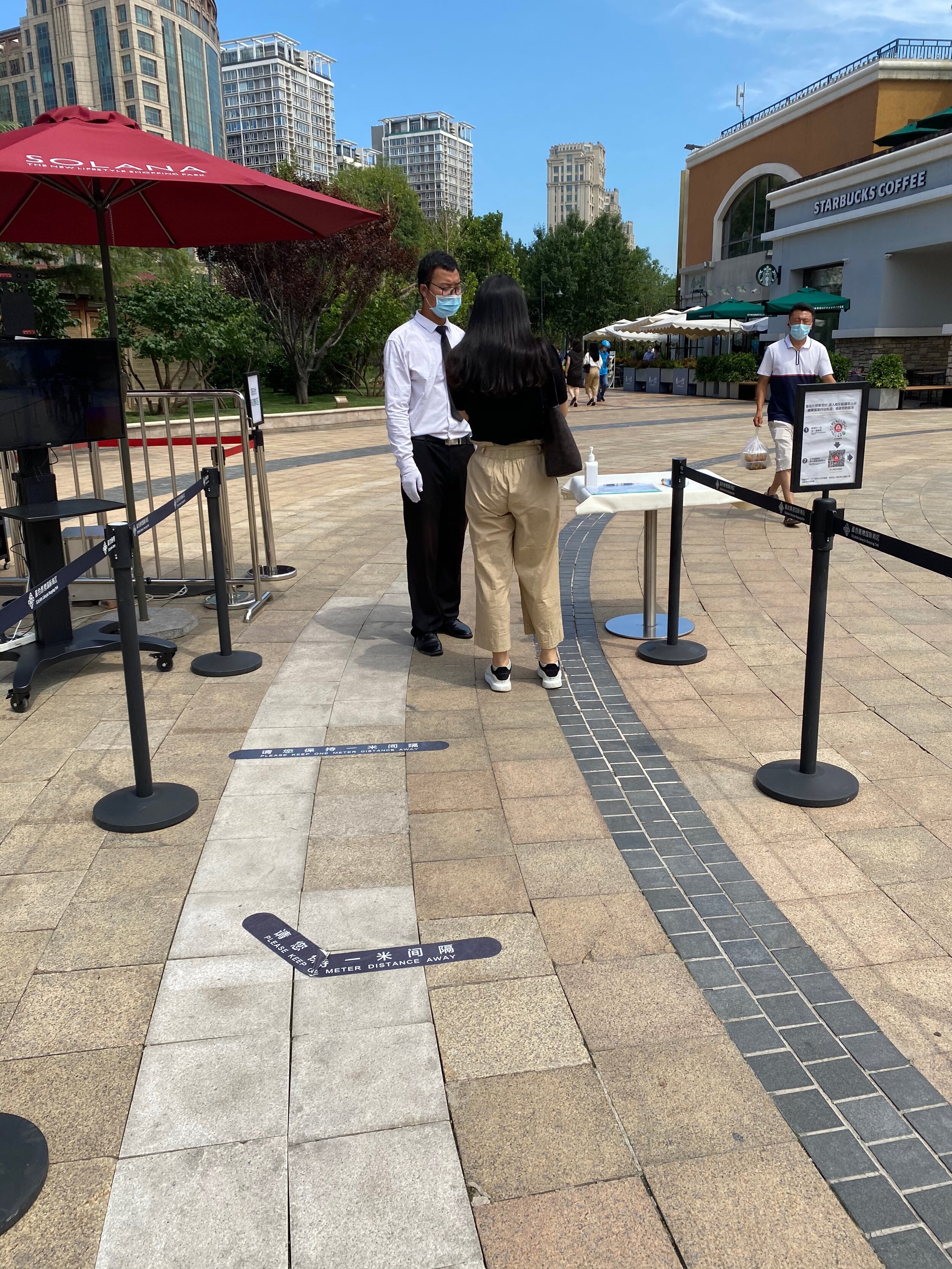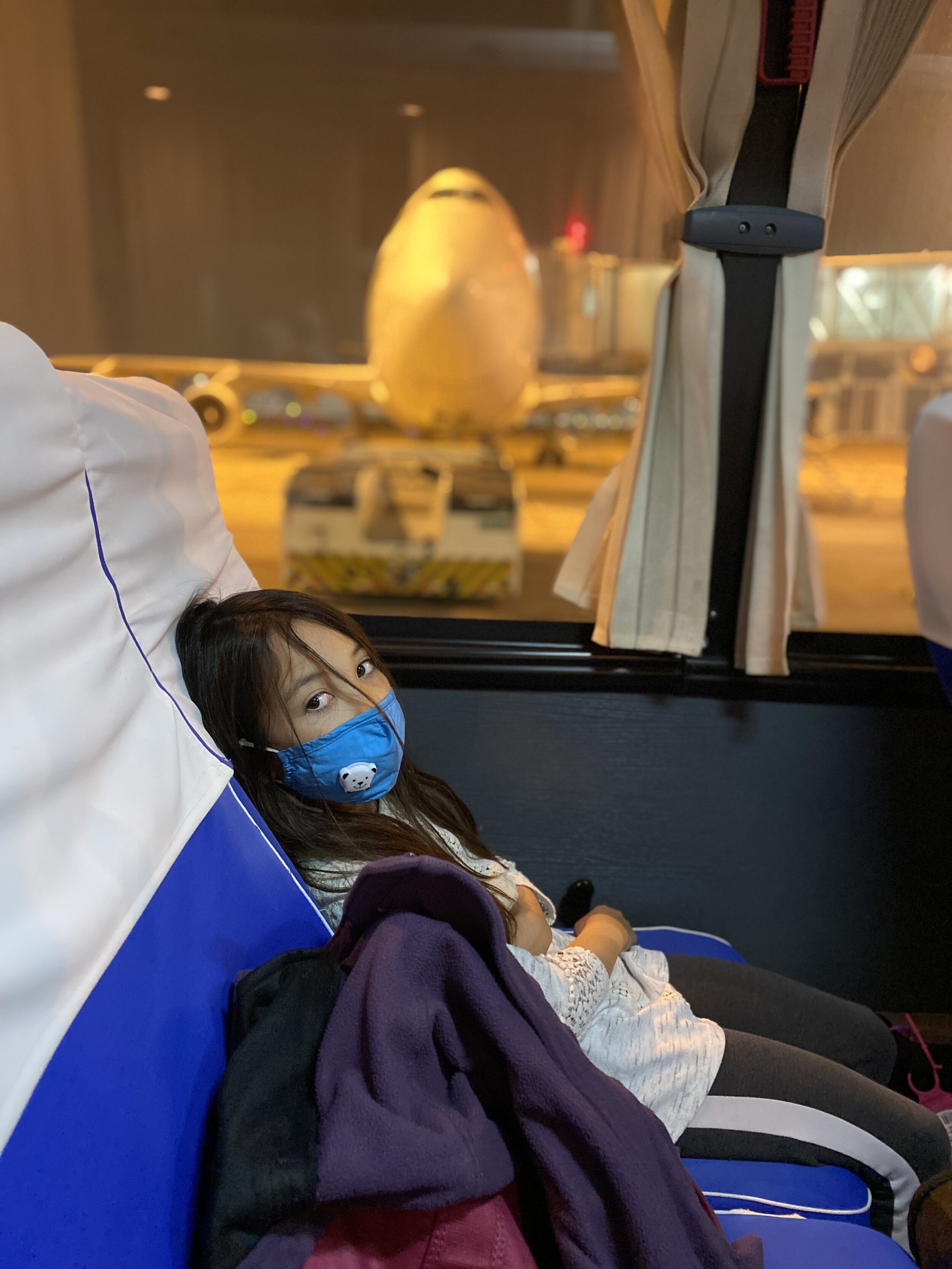Last week in Beijing, I was asked to be on a panel with a group of Americans to speak about Martin Luther King Jr. and the recent Black Lives Matter protests. I sat down to write something. I usually prefer to speak without reading, but this time I knew I had to prepare something and read it word for word. I worried I would otherwise get too emotional. When I got to the stage and sat before a hundred plus people, I thought I’d be able to get through it without losing it — halfway through I choked up. Thankfully I wasn’t the only one in the room who reacted that way. Here is what I said:
I was cooking when I heard about George Floyd’s death. It was a routine day during coronavirus. We were living in the Virginia suburbs, on evacuation orders and we were hoping to go back to Beijing soon. After working on some of my personal projects that morning, I’d spent several hours homeschooling the kids and was just settling into my kitchen routines with NPR news blaring from my phone. And I have to admit that my reaction was not one of complete outrage as it should have been. It was more like a weary, “Oh this is happening again.”
A little background on me: my parents immigrated from Taiwan to the United States. I was born in Chicago and grew up in a homogeneous conservative community in Southern California. My mother and I were one of the first non-white families to move into a white community when I was young, and the neighbors planted a stink bomb in our yard as a greeting. That was when I was three. Growing up as a Chinese-American, I’ve been subjected to racist comments. I’ve been made to feel uncomfortable, to feel like I don’t belong.
But at the same time, I come from a family that, like many families, has had its own racial biases. When I decided to go to New York City for college, to a university right near Harlem, one of my family members’ reactions was “But there are so many black people there.” A couple of years later, when I was fully immersed in this college, I told my parents that I wanted to become an African-American studies major. “We worry that you won’t find a good job with that kind of degree,” replied my parents. I chose “urban” studies instead. I love my family very much and I don’t consider them to be racist, but the reason why I mention these stories is because we must not bury the biases we have grown up with, the things a friend, a family member, or we have said or done.
I myself am guilty of doing or feeling things that are racially insensitive. While driving through certain parts of Philadelphia as a young journalist, I remember feeling nervous and locking my car doors. I am sure I have committed many infractions like that in my life, sometimes without even realizing them. The other day at a supermarket in Beijing, I mistook an African-American woman for another who’d I recently met. I don’t know if it was because of her race that the mistake happened, but I certainly felt like that may have been the case. I hope she was thinking this about me: What. A. Dumbass. But if you ever look at me and think I’m Chinese rather than American, I will do my best to give you the benefit of the doubt.
When I heard about George Floyd’s death, I thought about someone I’d met through my foreign service life. Vincent. I’d met him while studying Spanish at the Foreign Service Institute near Washington D.C. in 2014. He was an African-American from the Bay Area. Like me, he was the spouse of a diplomat. I have to say I wasn’t sure about Vincent in the beginning. After all, I’m from Southern California. He is from Northern California and he’s also an Oakland Raiders fan. But the two of us spent hours together Monday through Friday for several months — just the two of us and one Spanish teacher going over verb tenses and Spanish vocabulary. We learned the words to Enrique Iglesias’ Bailando and suffered through episodes of a Spanish-language soap opera that was specifically made for Spanish learners called Destinos. He shared his collection of Romeo Santos bachata music. We bonded. So one day, when he came in looking crushed I was immediately struck. He was usually pretty easy going and relaxed and all of the sudden I’d seen this other side of him. The news was reporting on the news of Eric Garner’s death, a result of an illegal police chokehold. His alleged crime? Selling cigarettes. His death had shaken Vincent to his core. I had heard the news too, but it didn’t affect me the same way. For days, Vincent came into class with those words weighing on him: “I can’t breathe.”
Vincent was a man almost as large as Eric Garner. The hurt and pain that he was experiencing left an imprint on me. This pain that Vincent felt, that I feel, that so many of us are continuing to feel was best expressed by Doc Rivers, the American basketball coach. In a recent press conference after the death of George Floyd, he said, “We (blacks) were the ones denied living in certain communities. We’ve been hung. We’ve been shot. And all you keep hearing about is the fear (of blacks) … It’s amazing to me. Why we keep loving this country and this country has not loved us back.”
So back to my reaction to George Floyd’s death: it is one no longer of weary jadedness. It is outrage. And Thank God so many other people felt that way. Thank God it got people out everywhere to protest. From Washington D.C. to the small town in New England where my in-laws live. I wish I could say that energized by my outrage, I valiantly joined the protests. In another life, yes, but … contracting the coronavirus, possibly passing it to my mother who was staying with us, and my children’s safety were all things that keep me from going.
But during a lull in the protests, one weekday afternoon in June, I drove straight into D.C. with my six-year-old son. We put on our masks. We parked on the street not far from the White House and walked to Black Lives Matter plaza. We felt the energy of what had transpired and we saw the signs denouncing all the hate that had been occurring. I also hoped that even though my son is only six years old, that he will remember from that day the message that Martin Luther King, Jr. espoused: you must stand up and fight against the intolerance that you will continue to witness, be a part of, and be subjected to, in your lifetime.
























